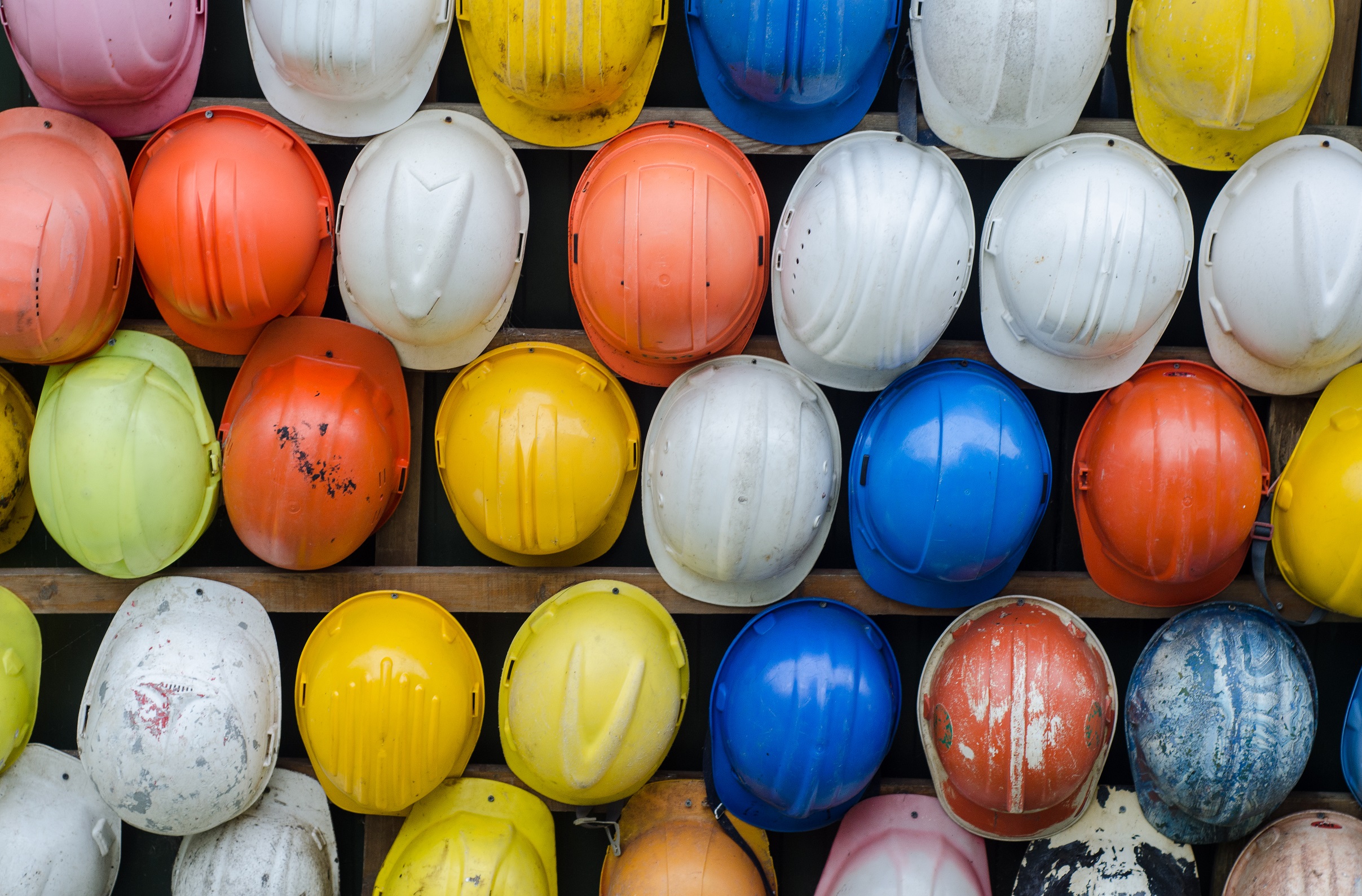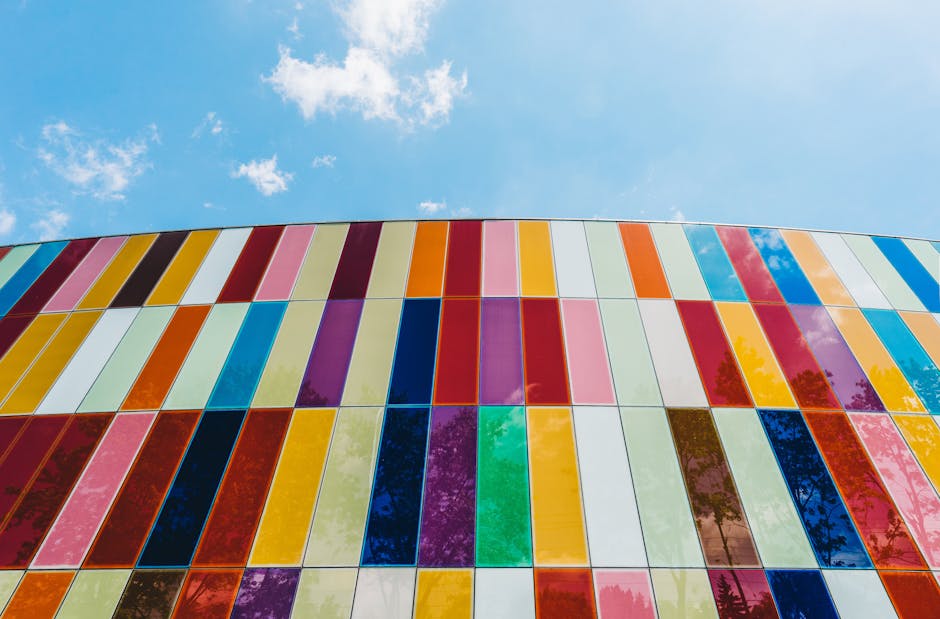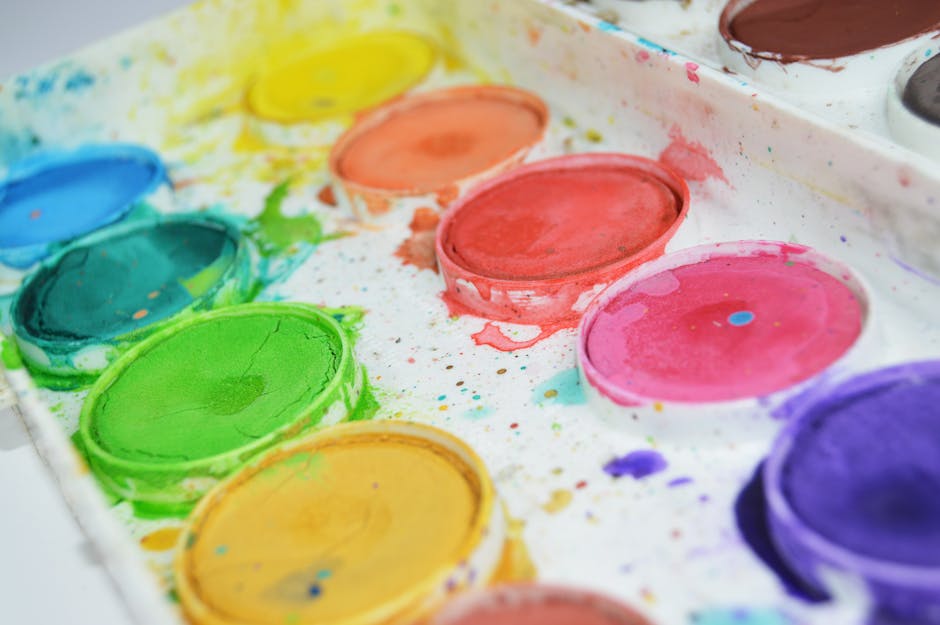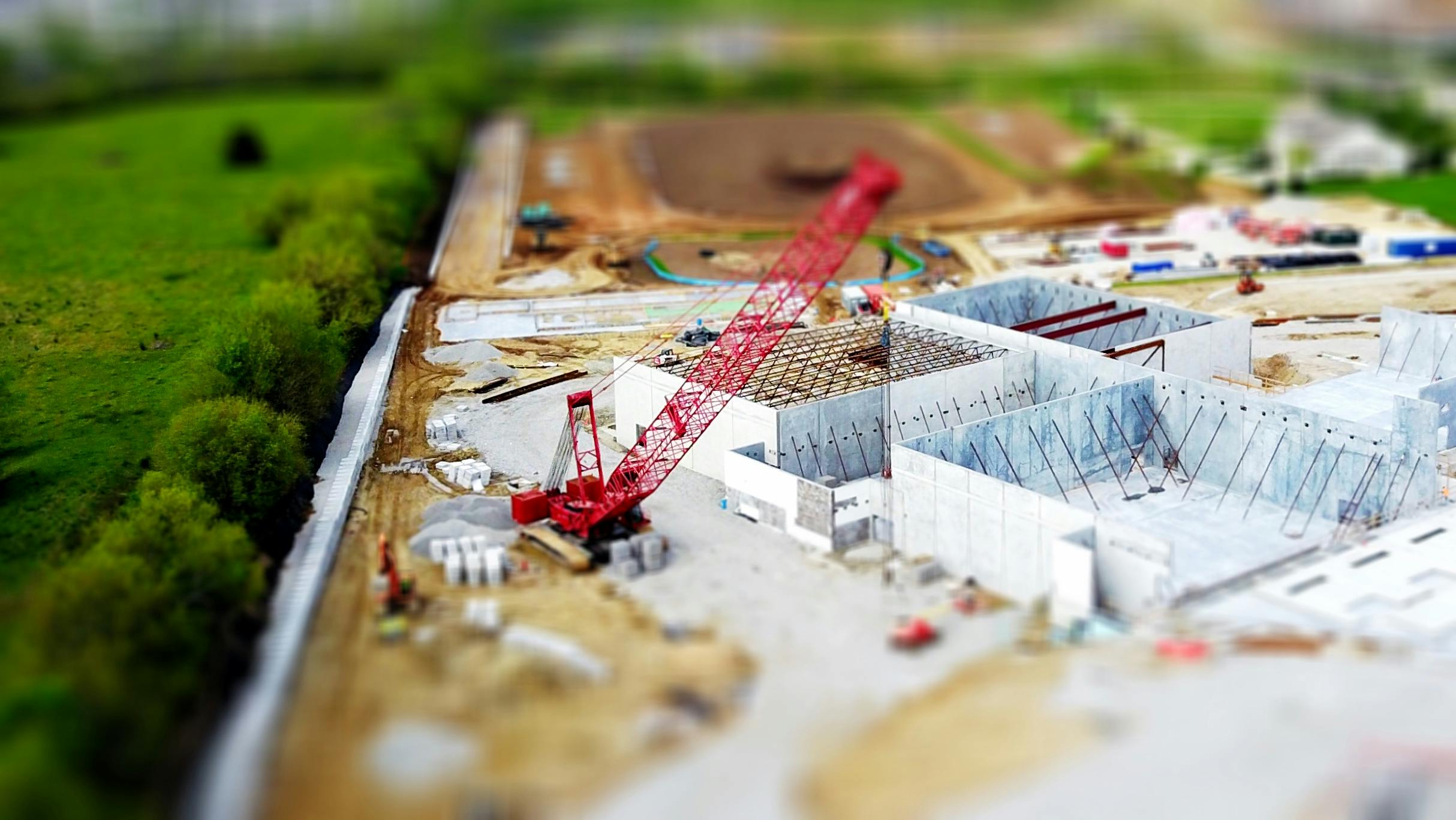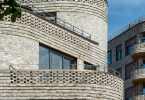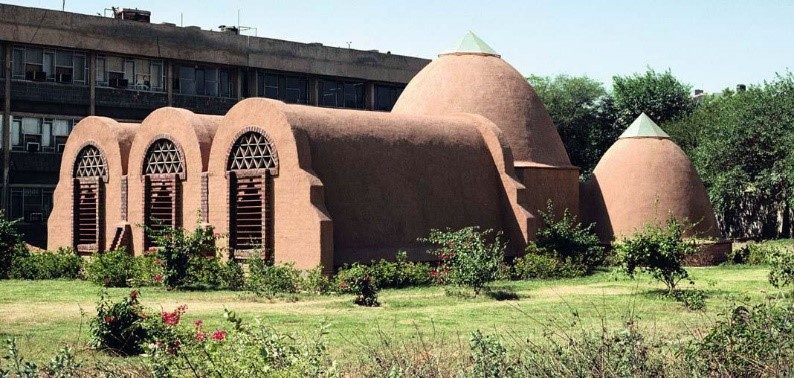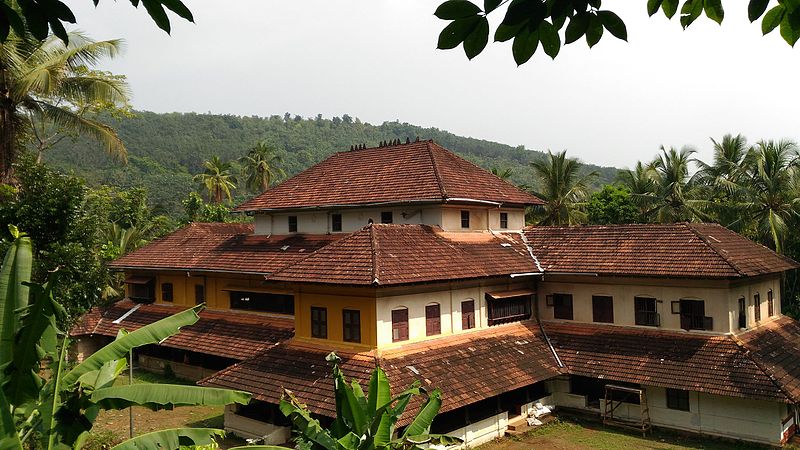Colors are a vital element of our universe, not only in the natural environment but also in the environment which is created by the humans. Colors play a noteworthy role in the human evolutionary process, in the society and spaces we live and interact. When it comes to building architecture, we often consider colors to be a mere element of decoration. But, colors in architecture play a very influential role. Keeping this in mind, let’s bring out the powerful role of colors in a building architecture.
Chaozhou Color – A Visual Language Understood By All
Color is a visual language which is understood by all. So when we try to communicate or transmit something through building design, there is no better way than doing it with colors. But to communicate with colors, one needs to first understand how color behaves, how they influence humans and how they change their character.
Color plays a significant role in the perception of a space in the human mind. When lighter shades are used, it makes the space appear bigger. On the other hand, using darker shades make the same space look smaller. Hence colors can be used to adjust the proportion of a building space.
A building environment can become under-stimulated or over-stimulated, depending on the colors used. An under-stimulated building environment features weak or monotonous color contrasts and weak intensities of colors. On the other hand, an over-stimulated environment features colors which are highly saturated, strong contrasts or contains too many intricate visual patterns.
Colors also impact the atmosphere of the building, one needs to correctly consider the kind of ambiance before selecting the colors. For example, an office environment needs to be exciting and energizing on the other hand; a hotel/resort environment needs to be calming and relaxing.
The impression of a color and the message it conveys is of extreme importance in creating the psychological ambiance that that supports the function of a building space. Color is a very powerful mean in architecture, hence understanding the psychology behind it would help in figuring out which colors work where in a building architecture.
do you need a prescription to buy disulfiram Colors – What They Express?
Here are few examples relating to colors and what they express:
- White – This color expresses openness, enormity, and neutrality. The message it conveys to the human mind is purity, emptiness, sterile and indecisiveness.
- Yellow – Gives a sunny impression, showcases soft and friendliness. Using such colors in buildings makes the space look bright and appear more stimulating and cozy.
- Green – This color expresses a natural, calm and balancing environment. The message it conveys is natural, simple and secure.
- Red – This is a stimulating color. It is arousing, provocative, passionate, fiery and aggressive. This color should be used in smaller doses as it gives a sense of aggressiveness and dominance.
- Purple – This is a rich, dramatic and sophisticated color. It creates more of a formal ambiance.
- Terracotta – This is an earthy color, it gives a sense of warmth and relaxation.
These are just a few small examples; also remember colors change their character when they are modified in lightness and saturation factor.
Color in Building Architecture Makes it More Influential
Building architecture has come a long way, in fact, it influences our lives way beyond we think it does. And colors play a significant role in the type of building architecture it makes the built form way more influential.
The use of colors in buildings has evolved over the years. Earlier, our cities were culturally depended on local materials like bricks, stones, and limestone, etc. This is one fact which has given some cities a natural demarcating identity. Confused? I am talking about Jaipur and Jaisalmer in our country.
The old city of Jaipur is known for the use of red sandstone and Jaisalmer is known for its yellow sandstones. In an era when most of the cities are turning to look same and more like concrete jungles, these Indian cities still portray a sense of uniqueness.
Concluding The Color Theory
We are continuously absorbing different environments and their colors. Also, our brains process these different colors as messages and draw conclusions and sets expectations which can be objective or subjective. When color is mingled in building architecture and interior design, it is not just for simple aesthetic choice, but much more than that. One of the most important requirements of architecture is to create comfort and one of the best ways to do this undoubtedly is with colors.
Curated by editor at Wienerberger India
Like this story? Or have something to share? Write to us: gosmartbricks@gmail.com or connect with us on Facebook and Twitter.


